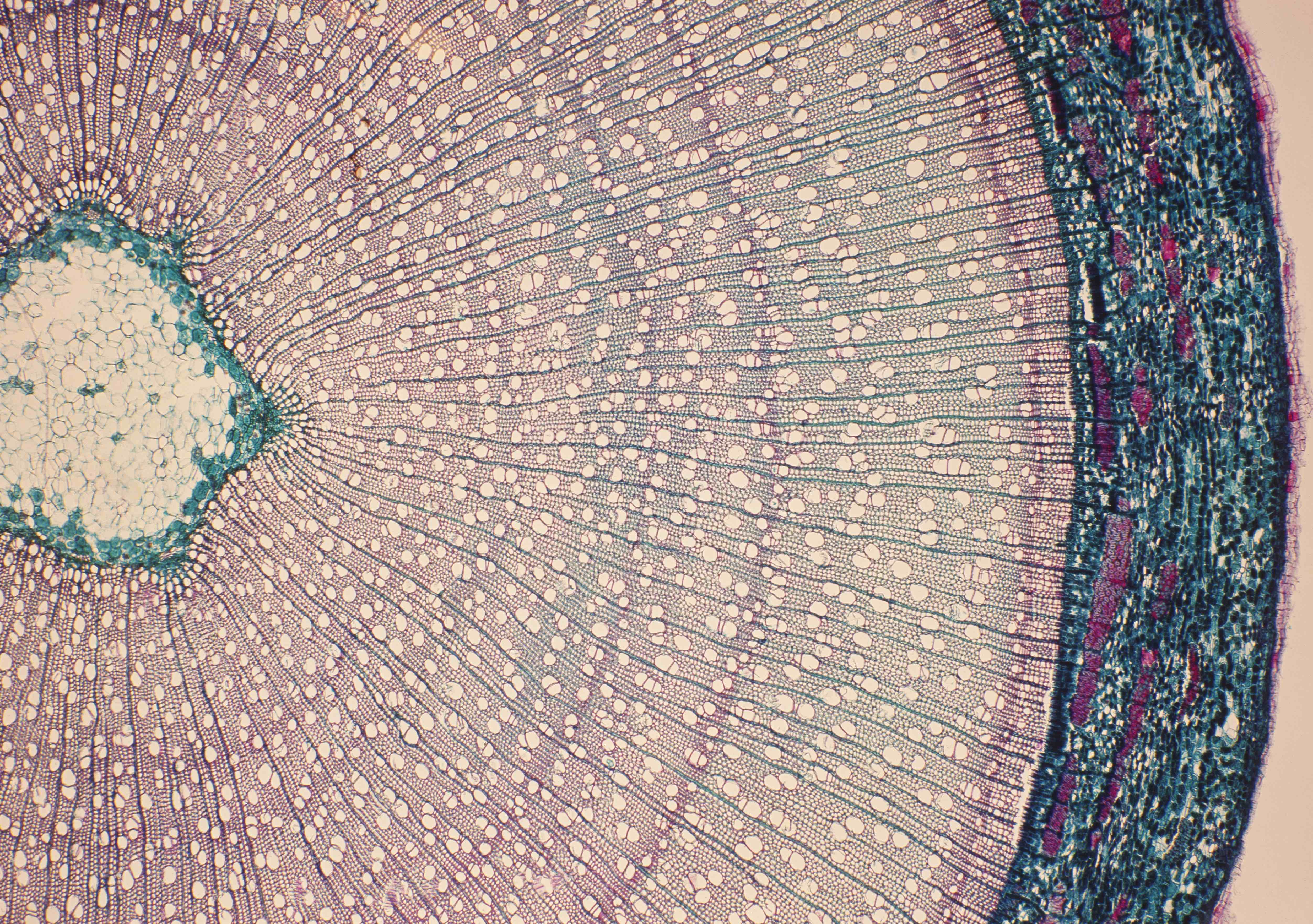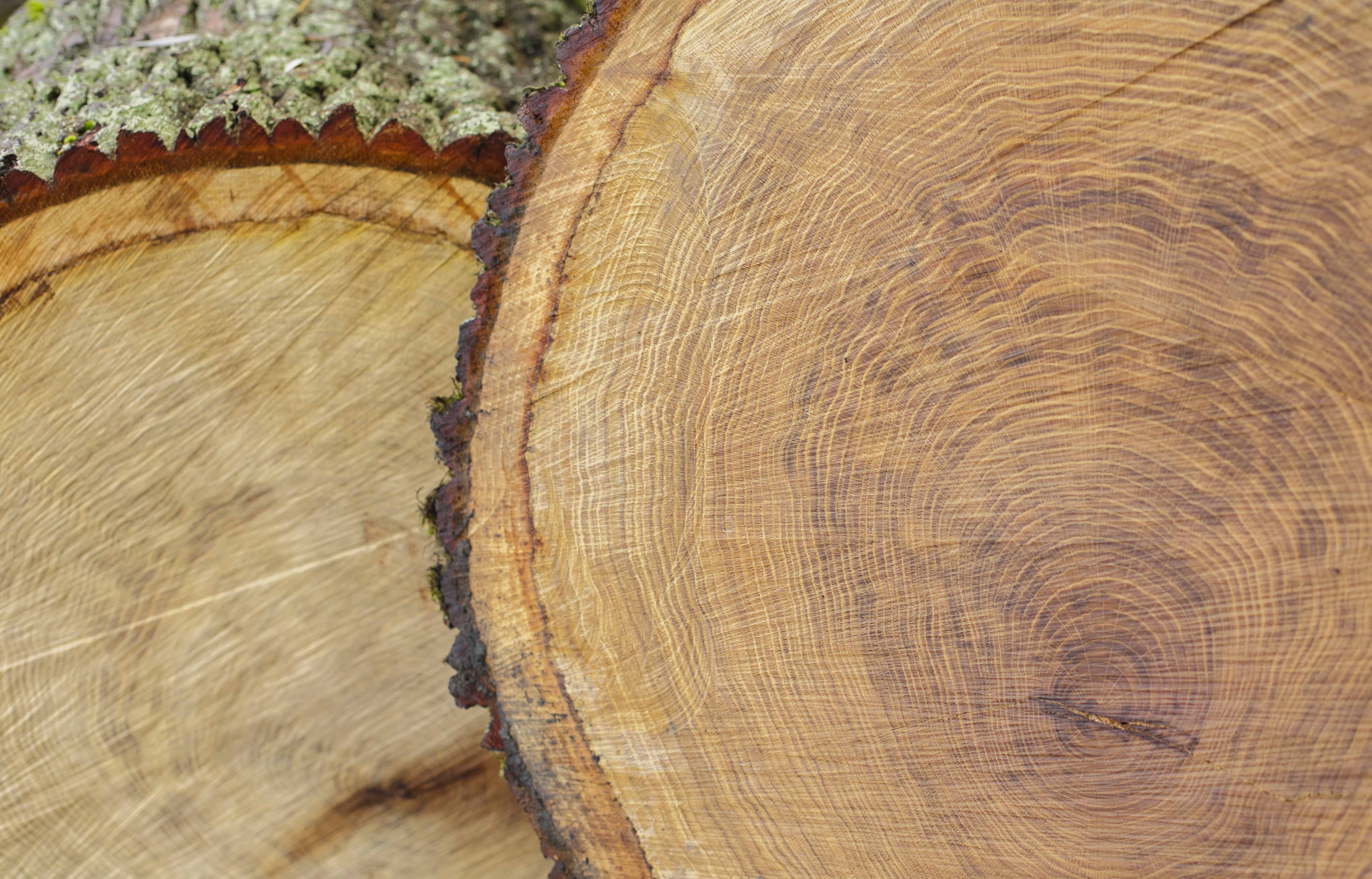
Sciences & Technology
What is tree bark?

Scientists are looking inside plant cells to learn how wood is formed and how that process can help develop materials for the future
Published 6 June 2018
When plants moved from sea to land they faced a problem they hadn’t previously encountered. How, when you are now surrounded by air, do you get water up to your leaves?
Plants didn’t evolve turbine pumps or Archimedes screws to lift water. Instead they grew tiny straws, called xylem, that use pressure to passively suck water out of the ground and transport it through roots, trunks, and stems to the leaves.
You might not have heard of xylem but you’ve heard of wood, which contains xylem. Now, advances in microscope technology and molecular biology are allowing researchers to see exactly how xylem or wood is formed, in real-time, at the cellular level.
Professor Staffan Persson, a plant cell biologist at the University of Melbourne, says this brings the potential to manipulate the wood formation process and, as a result, develop new materials with a raft of useful properties.
The process being studied centres on an organic molecule called cellulose which consists of chains of sugars. Though small, it is one of the most abundant organic substances on Earth and is a major building block for wood.

Sciences & Technology
What is tree bark?
All plant cells are surrounded by a thin cellulose-containing layer – the cell wall – but xylem needs to be extra-strong, so it doesn’t collapse under the pressures of drawing water through the plant. It produces an additional thick cellulose-containing layer – the secondary cell wall – not found around most other plant cells.
Professor Persson says when xylem cells are growing they first produce the thin primary cell wall, which acts like a corset.
“This corset-like structure steers the direction of cell growth and therefore controls the shape of a plant. Once xylem-related cells stop growing, a secondary cell wall is produced inside the corset-like primary wall. Soon, the cell dies and what’s left is a woody shell with pores for water to flow through,” says Professor Persson.
“It is this secondary cell wall that is the essential part of what we call wood.”
Professor Persson is part of a team of researchers from the University of Melbourne, the University of British Columbia, the Max Planck Institute and Michigan State University who have published the study in the international science journal, PNAS. They directly imaged developing xylem cells undergoing the transition from making primary and secondary walls, providing new insights into the process.

The tiny cellulose factories in plant cells are called cellulose synthase (CESA) enzyme complexes. They are active at the cell surface, and extrude cellulose out into the cell wall.
Slightly different CESA factories make primary and secondary wall cellulose. To understand how a plant switches its cellulose production between the two, the researchers needed to identify which CESAs make primary and secondary wall cellulose.
They added fluorescent tags to the CESAs – red tags for primary cellulose factories and green tags for secondary cellulose factories. They then observed the CESAs using a high-end confocal microscope.

Wood, typically forms deep within the plant tissue, making it difficult to see with a microscope. Study co-author Dr Rene Schneider says they overcame this by forcing other plant cells to produce wood, too.
“We use a system where we can induce secondary wall cellulose formation in all cells of a plant,” says Dr Schneider, who was a Postdoctoral fellow at the University of Melbourne during this project, and is now based at the Max Planck Institute for Molecular Plant Physiology.
The system uses a master regulator, or a transcription factor, that switches on genes in the plant that are specific for wood production.
“By using that transcription factor, you can induce wood formation in any plant cell type you want. So now we can make wood at the surface of the plant, which is much easier to image,” he says.
The switch from primary cell wall production to secondary cell wall production is a fast process, taking just a couple of hours. The team watched the red and green tagged factories that formed the different cellulose structures and noted that the secondary wall cellulose formed faster than primary wall cellulose.

“This was somewhat expected because there is only a short time period from when the secondary cell wall starts forming to when the cell dies, and the plant wants to lay down as much cell wall as it can in this time to become strong,” says Professor Persson.
“The wood forming process needs to be fast!”

Sciences & Technology
Recurring fires are threatening the iconic snow gum
The quality that makes wood valuable as a building material – its durability – can be an impediment to other potential uses but the new research may deliver ways around this.
“Because it is so stable it is hard to get the sugars out of the wood,” says Professor Persson.
“We want to manipulate the process of wood formation to see if we can affect this stability and allow easier extraction of products that can be used for biofuels and materials.”
While wood continues to be a mainstay in the building and paper industries, this latest research suggests we may see a range of new wood-inspired materials in the future.
Banner: Getty Images